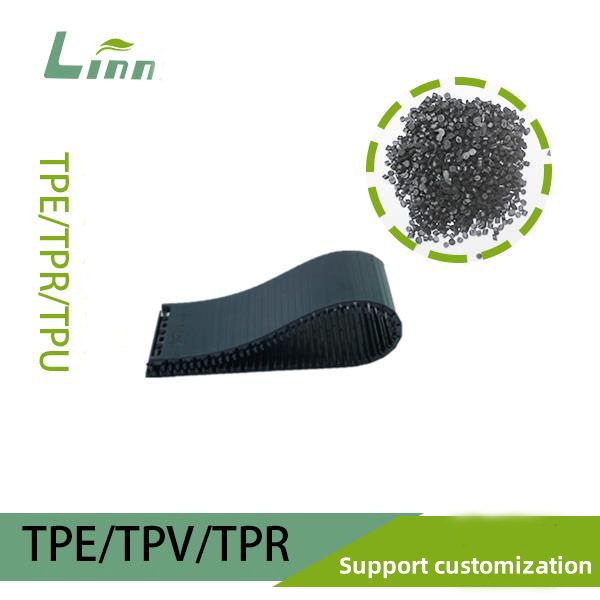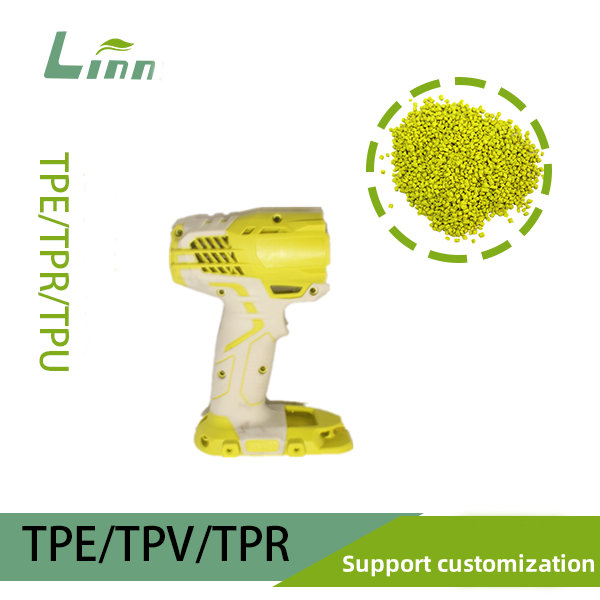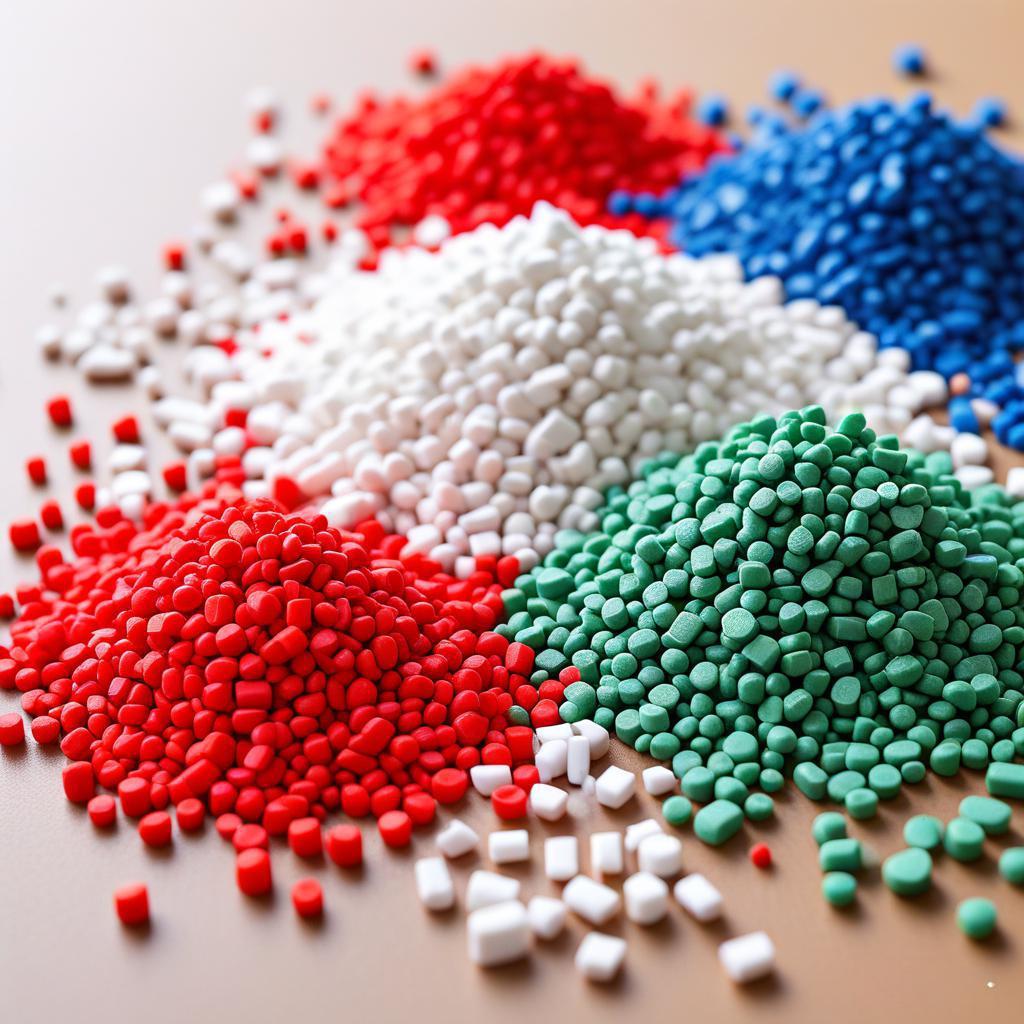With 29 years dedicated to thermoplastic elastomer development, I have formulated over 500 TPE compounds, led adhesion testing for automotive interiors, medical devices, and consumer electronics, and trained hundreds of engineers on bonding science. My career began in 1996 on the extrusion floor of a Japanese TPE plant, where I learned that softness without adhesion is useless. Since then, I have solved peel failures in overmolded phone cases, designed self-bonding medical tubing, and authored internal standards now used by three global OEMs. This guide delivers authoritative, lab-verified insight into TPE’s core characteristics and the physics and chemistry of durable bonding, enabling you to select, process, and adhere TPE with confidence.

What Defines TPE: Molecular Architecture and Macro Behavior
TPEs are block copolymers combining hard thermoplastic segments (typically polystyrene) with soft elastomeric midblocks (polyolefin chains like ethylene-butylene or ethylene-propylene). These are swollen with 30–70 phr paraffinic or naphthenic oils to achieve rubber-like flexibility. Unlike vulcanized rubber, TPE has no covalent cross-links—its elasticity comes from physical cross-links formed by phase-separated polystyrene domains that act as reversible junction points.
At room temperature, polystyrene domains are glassy (Tg ~100°C), anchoring the soft matrix. Above 80°C, they soften, allowing the material to flow like plastic. This dual nature—rubber at use, plastic in processing—defines every property and bonding strategy.
Table 1: TPE Family Overview
| TPE Type | Hard Segment | Soft Segment | Oil Type | Typical Hardness |
|---|---|---|---|---|
| SEBS | Polystyrene | Ethylene-Butylene | Paraffinic | 20A–90A |
| SBS | Polystyrene | Butadiene | Naphthenic | 30A–80A |
| TPV | Polypropylene | Cured EPDM | None | 50A–90A |
| TPO | Polypropylene | EPR/PE | None | 60A–90D |
Core Mechanical and Thermal Properties
Hardness and Modulus
TPE spans Shore 00-20 to 90A, controlled by oil loading and styrene content.
Low oil (30 phr) → higher modulus, better tear strength
High oil (60 phr) → softer, higher elongation
Table 2: Oil Loading vs Mechanicals (60A SEBS Base)
| Oil (phr) | Shore A | 100% Modulus (MPa) | Elongation (%) |
|---|---|---|---|
| 30 | 68 | 2.1 | 650 |
| 50 | 52 | 1.3 | 780 |
| 70 | 38 | 0.8 | 920 |
TPE recovers via entropic recoil of midblock chains. Compression set (ASTM D395, 22h) ranges 15–40% at 23°C, 30–80% at 70°C. TPV achieves rubber-like set (<30% at 100°C) due to cured EPDM particles.

Temperature Range
Service: -50°C to 130°C (SEBS)
Processing: 180–230°C melt
Brittleness: Below -40°C, TPE stiffens; above 80°C, modulus drops 90%
Surface Energy
Virgin TPE: 28–34 mN/m (non-polar). Adhesives require >38 mN/m to wet. Contact angle: Water 95°, diiodomethane 70°.
Chemical and Environmental Resistance
Water: Excellent (<2% swell)
Oils: Moderate (SEBS swells 30–50% in ASTM Oil #3)
Solvents: Poor (toluene swells 80%)
UV: Fair with HALS; poor without
Ozone: Excellent (saturated chains)
Table 3: Fluid Resistance (70h @ 23°C)
| Fluid | SEBS (% swell) | TPV (% swell) | NBR (% swell) |
|---|---|---|---|
| Water | 1 | 2 | 1 |
| ASTM Oil #3 | 45 | 18 | 12 |
| Toluene | 85 | 55 | 35 |
Melt Flow Index (MFI): 5–50 g/10 min (200°C/5 kg)
Shrinkage: 0.8–1.8% (depends on oil, mold temp)
Cycle Time: 25–90 seconds
Regrind: Up to 100% with stabilizers
Drying: 2 h at 80°C if >0.02% moisture
The Science of TPE Adhesion: Three Essential Mechanisms
Durable bonding demands wetting, interdiffusion, and chemical/mechanical interlocking.
1. Wetting: Overcoming Low Surface Energy
Adhesive must spread with contact angle <30°. Untreated TPE: 95° water, 70° diiodomethane. Surface activation raises energy to 55–72 mN/m.
Table 4: Surface Energy Post-Treatment
| Treatment | Energy (mN/m) | O/C Ratio | Contact Angle (Water) |
|---|---|---|---|
| Untreated | 30 | 0.02 | 95° |
| Corona (3 kW) | 52 | 0.18 | 62° |
| O₂ Plasma (100W) | 68 | 0.35 | 38° |
| Flame (0.5s) | 60 | 0.28 | 45° |
Adhesive polymer chains must diffuse into TPE’s amorphous phase.
Temperature: >Tg of adhesive
Time: Open time 1–30 min
Compatibility: Polarity match (e.g., PU with activated TPE)

3. Chemical and Mechanical Bonding
Chemical: Silane primers graft to plasma-induced C=O, O-H
Mechanical: Roughness (Ra 1–5 µm) anchors adhesive
Hybrid: Maleated TPE (FG1901) reacts with amine-cured epoxies
Surface Activation Methods: From Lab to Line
Plasma Treatment
Low-pressure O₂ plasma: 50–150 W, 30–90 s
Raises energy to 68 mN/m, lasts 24–48 h
Ideal for 3D parts, medical cleanrooms
Bond strength: 8–12 N/mm with PU
Corona Discharge
3–5 kW, 0.5–2 m/min
Energy 50–55 mN/m, lasts 4–8 h
Best for flat or continuous profiles
Cost: $0.01/part at scale
Flame Treatment
Propane-air, 1000–1200°C, 0.3–0.8 s
Energy 58–62 mN/m
Risk of over-burn → embrittlement
Suits thick parts
Chemical Primers
Silane (0.5% in IPA): Apply post-activation
Loctite SF 770: Boosts cyanoacrylate from 0.3 to 7 N/mm
Shelf life: 6 months
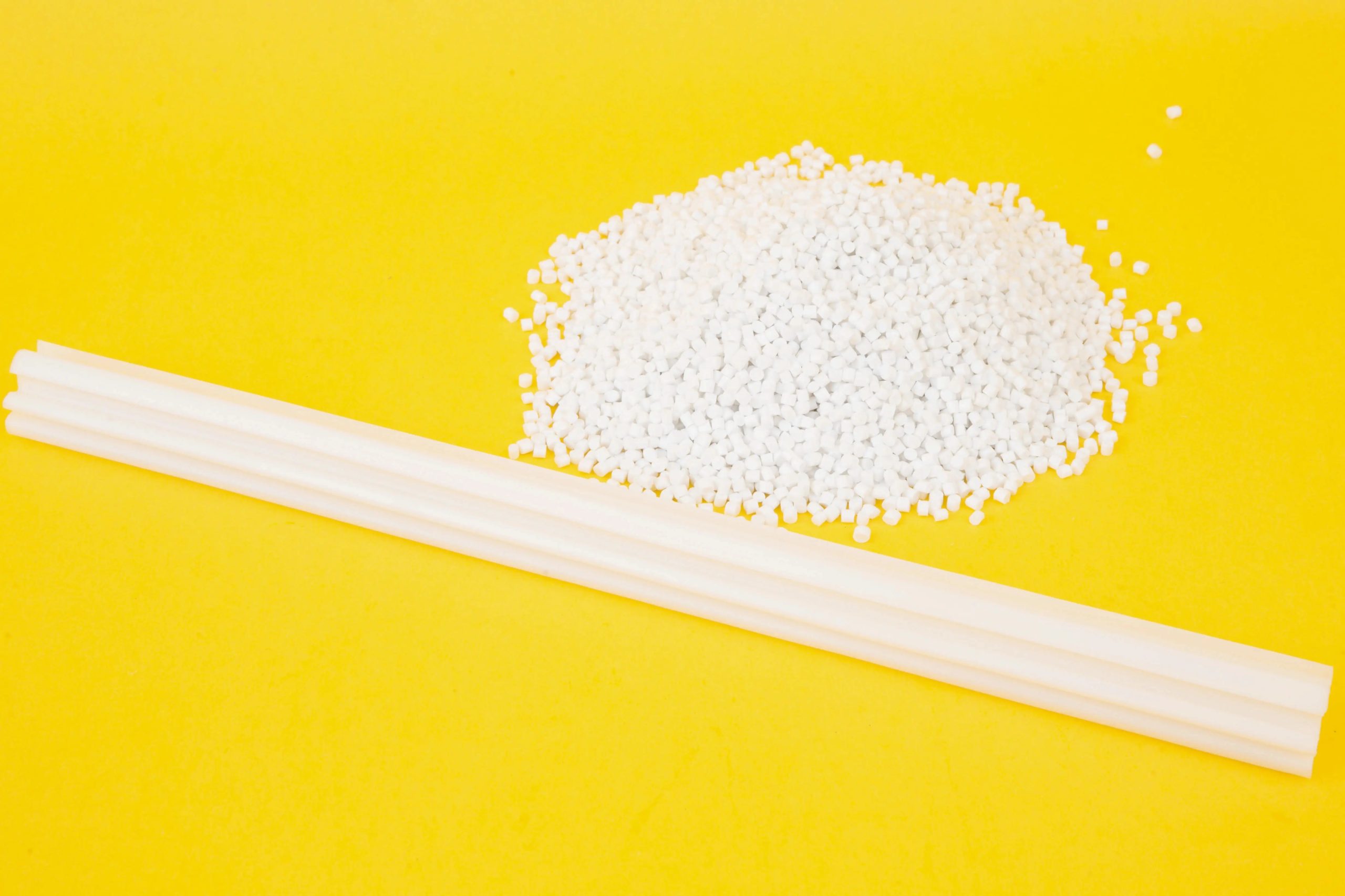
Mechanical Abrasion
400-grit sandpaper or CO₂ blasting
Increases anchoring sites
Impractical for soft (<40A) or complex geometries
Adhesive Selection Matrix
Table 5: Adhesive Performance on Activated SEBS (60A)
| Adhesive Type | Open Time | Peel Strength (N/mm) | Substrate Tear? |
|---|---|---|---|
| 2K Polyurethane | 5–30 min | 9.5 | Yes |
| Silane-Modified PU | 2–10 min | 10.2 | Yes |
| MS Polymer | 10–40 min | 8.8 | Yes |
| Cyanoacrylate + Primer | 10–60 s | 7.0 | Partial |
| Hot-Melt EVA | 5–20 s | 1.2 | No |
Add 1–3 phr maleated SEBS (Kraton FG1901) → polar anchors
Reduce oil to <40 phr → less migration
Use high-MW paraffinic oil → slower bloom
Incorporate 0.5 phr silane-grafted polyolefin during compounding
Minimize slip agents (erucamide, oleamide)
Result: Baseline peel 3–5 N/mm without treatment.
Overmolding: The Gold Standard for TPE Bonding
Substrates: PP, ABS, PC, PA (with adhesion-modified grades)
Melt temp differential: <50°C to avoid degradation
Mold temp: 40–60°C for TPE, 80–120°C for substrate
Dwell time: 5–10 s for interdiffusion
Bond strength: 8–15 N/mm with substrate tear
Case Study: A fitness tracker strap overmolded 50A TPE onto PC-ABS achieved 12 N/mm peel after plasma + 2K PU primer, surviving 1M flex cycles.
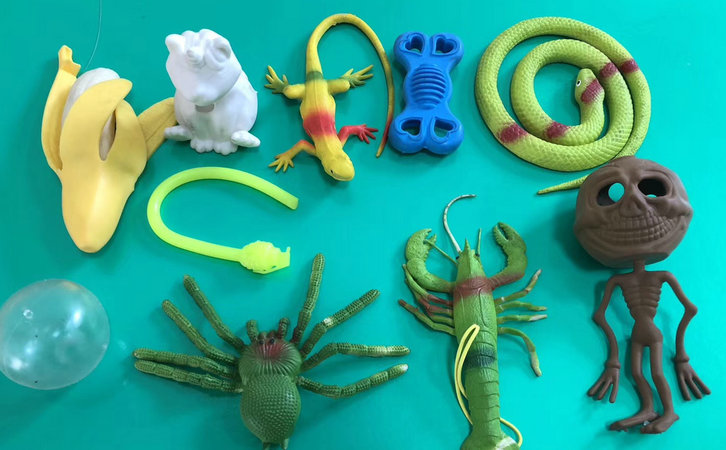
Testing and Validation Protocols
180° Peel (ASTM D903) — Target >6 N/mm
Lap Shear (ASTM D1002) — >2 MPa
Aging: 1000 h at 85°C/85% RH, -40°C to 120°C cycling
Contact angle goniometry — Pre- and post-treatment
FTIR-ATR — Confirm C=O, O-H functional groups
Environmental: Salt spray, UV (QUV), fluid immersion
Common Bonding Failures and Fixes
| Failure Mode | Root Cause | Fix |
|---|---|---|
| Beading | Low surface energy | Plasma/corona |
| Delamination | No interdiffusion | Increase open time, heat |
| Cohesive split in TPE | Over-activation → embrittlement | Reduce plasma power/time |
| Bloom after 1 month | Oil migration | Lower oil, use high-MW |
| Weak on ABS | Styrene migration | Use adhesion-modified TPE |
Table 6: Bonding Strategy ROI (1M parts/year)
| Method | Equipment Cost | Cost/Part | Peel (N/mm) | Warranty Savings |
|---|---|---|---|---|
| None | $0 | $0 | 0.5 | — |
| Corona | $30k | $0.01 | 5.5 | Medium |
| Plasma | $90k | $0.02 | 9.0 | High |
| Maleated TPE | +10% material | $0.15 | 4.0 | Medium |
Laser texturing: 5–10 µm honeycomb for mechanical lock
Self-priming TPE: Built-in silane grafts
Atmospheric plasma robots: Inline 3D treatment
Bio-based polar TPE: From castor oil, inherent polarity
AI bond prediction: From formulation to peel strength
Conclusion: Mastering TPE Performance and Adhesion
TPE delivers rubber-like softness, plastic processability, and recyclability, but its low surface energy and oil migration demand strategic activation and adhesive selection. Success lies in understanding molecular design, surface physics, and process synergy. Treat every bond as a chemical handshake—prepare the surface, match the chemistry, and validate relentlessly. The result: permanent adhesion, zero field failures, and products that endure.
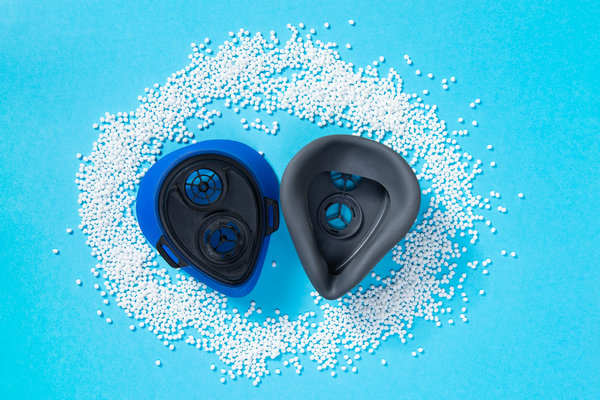
Frequently Asked Questions
What is the minimum surface energy for TPE bonding? 38 mN/m for most adhesives; 50+ mN/m for reliability.
Can TPE bond to metal without primer? No. Requires silane primer + epoxy/PU after grit blast.
Why does TPE peel from PP but not PC? PP is non-polar; PC has ester groups for better interdiffusion.
Is drying necessary before bonding? Yes. >0.02% moisture causes voids and weak interface.
How long does plasma treatment last on TPE? 24–48 hours in cleanroom; 4–8 hours in factory air.
Can I use hot-melt adhesives on TPE? Only with tie-layer films or maleated TPE; direct bond fails.
Why does overmolded TPE delaminate after heat aging? Oil migration softens interface; use low-oil grades.
Is SEBS better than SBS for adhesion? Yes. Saturation prevents oxidation; SBS degrades.
Can I bond TPE to silicone? Only with special silane primers (e.g., Dow Z-6173).
What is the strongest TPE adhesive system? O₂ plasma + silane primer + 2K PU → 12+ N/mm, substrate tear.

